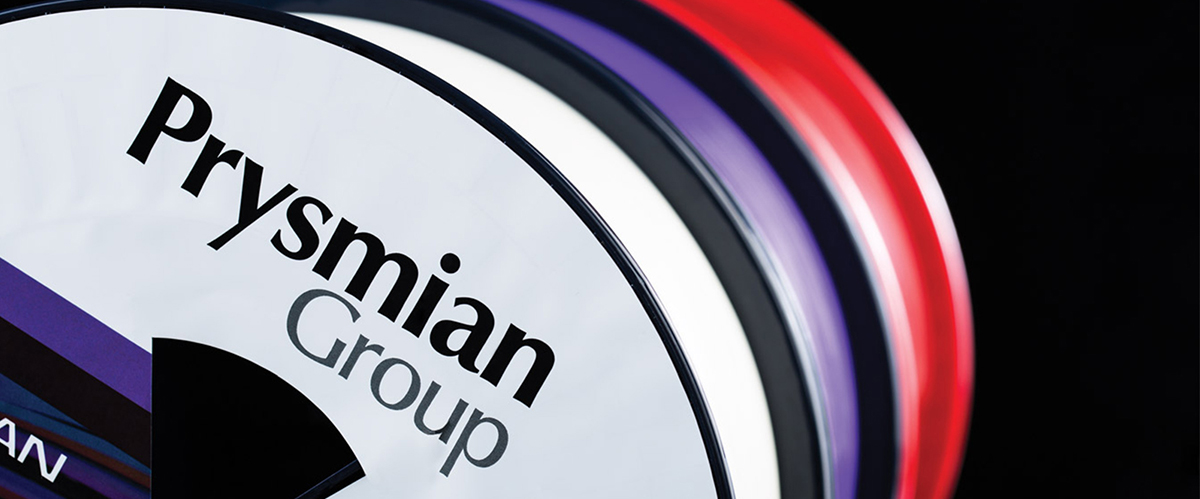Prysmian Group: telecom broadband breakthrough

In 2009, Prysmian introduced BendBright® XS 200, the first-ever commercially available bend insensitive single-mode fibre designed especially for high-density access networks. Since then, reduced diameter fibres have helped develop novel cable systems for a variety of network configurations. As technologies such as 5G and IoT evolve, optical networks need to meet new demand for significantly increased capacity, higher density and lower latency. BendBright® XS 180 optical fibre size reduction corresponds to half of the cross-section of legacy 250µm optical fibres, while the 125µm glass diameter is fully preserved. BendBright® XS 180 is fully compliant with ITU-T G.652.D and G.657.A2 recommendations and can be spliced with any legacy standard single-mode fibre.

BendBright® XS optical fibres provide outstanding performance at higher wavelengths and operate with next generation PON systems. Longevity of the network is ensured by BendBright® XS protection against bending events which may occur during network repairs and expansion. With its advanced ColorLock-XS coating system, BendBright® XS 180 ensures excellent mechanical reliability.
BendBrightXS provides outstanding protection against bending effects - macro and microbends. Therefore, BBXS fibres perform very well in environmental tests with a reduced coating diameter. This is not the case with standard 657.D fibres. Another key technology advantage is the fact that Prysmian BBXS180 uses ColorLockXS coating. This eliminates the extra process step of colouring, which increases the outer diameter of the fibre by approximately 10um.
Using reduced diameter cables brings a variety of benefits to different parts of network construction projects. BBXS180 will enable smaller diameter microduct cables, which are normally installed by blowing. Cables with BBXS180 can be blown into smaller diameter ducts. These are easier to handle and therefore can probably be deployed faster. Smaller ducts use less PE, are less costly and reduce carbon footprint.
Longer duct lengths can be placed on a single reel, thus the number of duct-joints is reduced, which also reduces time and cost.
Some advantages of the cables: smaller diameters allow blowing at higher speeds, reducing installation time. Less plastic is used, which means less CO2. Smaller cables are lighter, so more cable length can be placed on a single reel. That lower transport costs and the related CO2 footprint, and reduces scrap.
“BendBright® XS 180 will enable cable designers to offer strongly reduced cable dimensions and yield industry record cable density. Leveraging proprietary BendBright® XS technology, Prysmian is reaching a new milestone in fibre miniaturization.“

Philippe Vanhille
Executive Vice President Telecom Business at Prysmian Group






